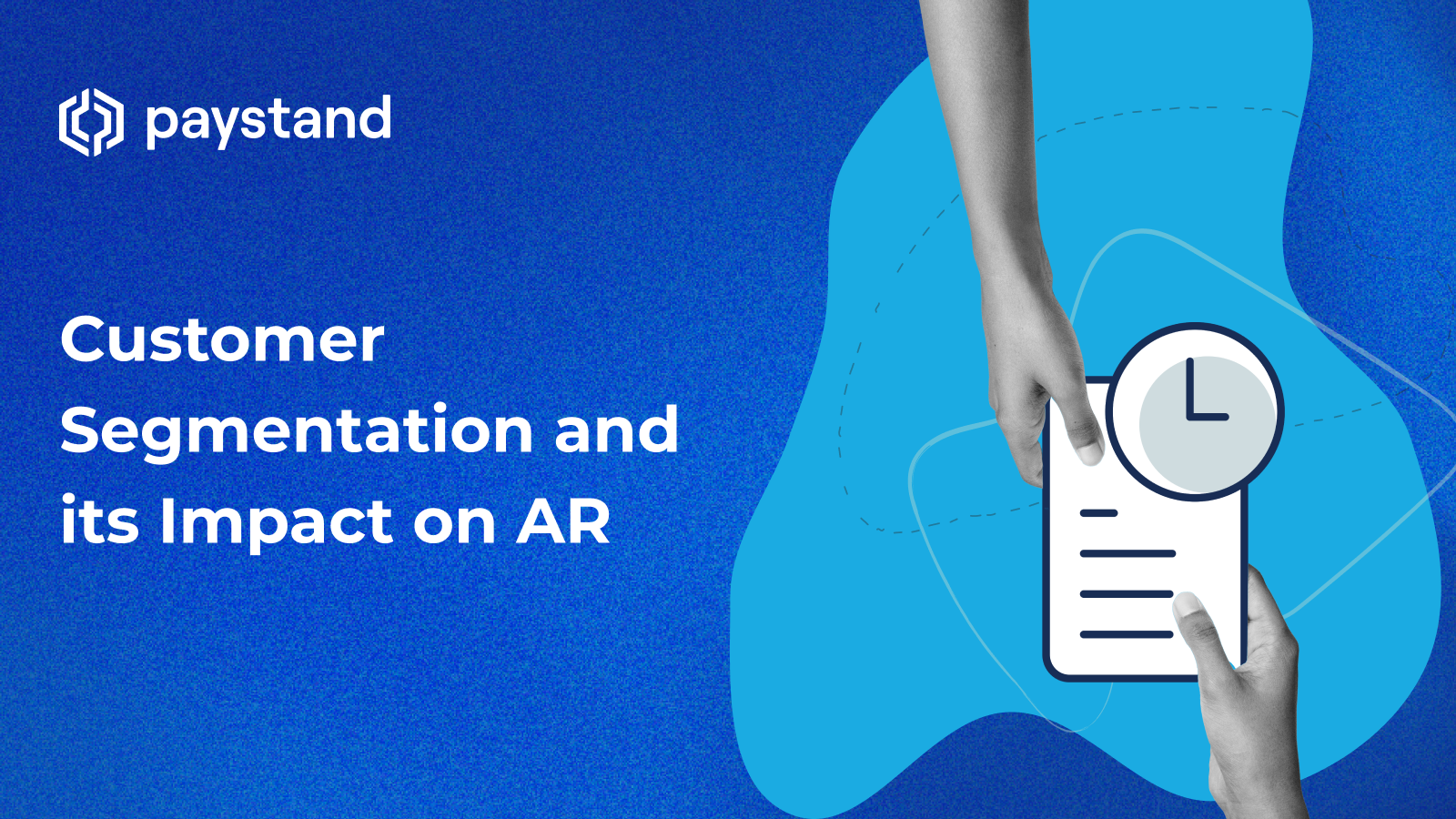Customer Segmentation and its Impact on AR

Customer segmentation helps us sort them according to different characteristics. B2B businesses segment their customers as producers, resellers, governments, and institutions.
Segmentation can have different purposes: increasing sales, building loyalty, or making AR effective. In other words, it aims to ease the work by applying specific strategies to each group.
This article will focus on how customer segmentation can help reduce delinquency in Accounts Receivable departments. Keep reading to learn everything you need to know.
What is Customer Segmentation?
As mentioned above, customer segmentation subdivides customers into different groups. In B2B businesses, segmentation is usually based on the age of the debt or the amount owed. Specific parameters of interest, such as time and debt, define each segment.
There are different criteria for segmenting customers:
- Length of time invoices have been unpaid. Here we find current delinquency, early delinquency, and late delinquency.
- Type of delinquent customers. Types of delinquencies could include intentional, accidental, disorganized, etc.
- Based on a specific amount of debt.
Criteria range from unpaid invoices period, type of defaulter, or specific billing amounts. Each company performs segmentation depending on what is convenient for its finances.
Importance of Segmenting Customers
Segmenting customers according to the type of debt –either by amount or time– helps approach the issue and define specific actions for each group.
Due to different situations, the reaction to a customer who is late with a single payment will be different from a customer owing several invoices who doesn't answer calls or messages.
Segmentation will define which actions to take according to the degree of arrears so customers can pay as soon as possible.
Benefits of Customer segmentation in the AR Process
Customer segmentation makes it possible to establish how to manage AR processes. In this sense, it provides tangible improvements such as:
- Promoting specific collection strategies. Customer segmentation allows the development of a proactive strategy for each delinquency situation.
- Reducing the average collection period and bad debts. Accounts monitoring and effective communication can resolve late payments without going to court.
- Providing more robust collection policies. Customers will know their debts and the consequences of not paying late invoices.
- Promoting better communication and fostering cooperation among staff. AR managers will establish a strategy for each debtors segment. This will make their work more orderly and efficient. Also, proper communication proactively informs customers of the company's collection policy.
Segmentation brings many improvements to a business. It helps create collection strategies for each group and reduces the collection period to avoid delinquency.
Strategies for effective customer segmentation
Proper customer segmentation will optimize collection management. To achieve this, establish parameters to help claim payments.
The first requirement is updating each debt's information and the payments linked to it.
Once the information is available, segment customers according to the company's criteria. This will dictate the collection management team's tone according to each situation. They then can proceed with the payment request and define the steps to follow.
To avoid problems and uncomfortable situations, start the claim with pleasant communication. Then, offer payment alternatives, and state the possible penalties for non-compliance.
You can include a brief apology in advance if there is a delay between the issuance of the payment reminder and its receipt.
If the customer does not respond to the requests or an agreement is not reached, you can submit the portfolio to a law firm to resolve the situation as soon as possible.
Correct segmentation of customers helps to take effective and proactive measures to achieve the collection of late invoices and improve financial liquidity.
Customer segmentation can prevent non-payment and deal with it in case it occurs. It allows to define actions for each group and maintain communication to recover the overdue portfolio.
At Paystand, we can help you with this task. Our software allows the segmentation of customers based on established parameters.
Besides, you can manage communication with customers by sending automated invoices and offering different payment methods to suit their needs.
Our platform is designed to manage B2B business collections, so don't hesitate to contact us! Book a demo today, and one of our experts can give you all the information you need to keep your collections flowing.




